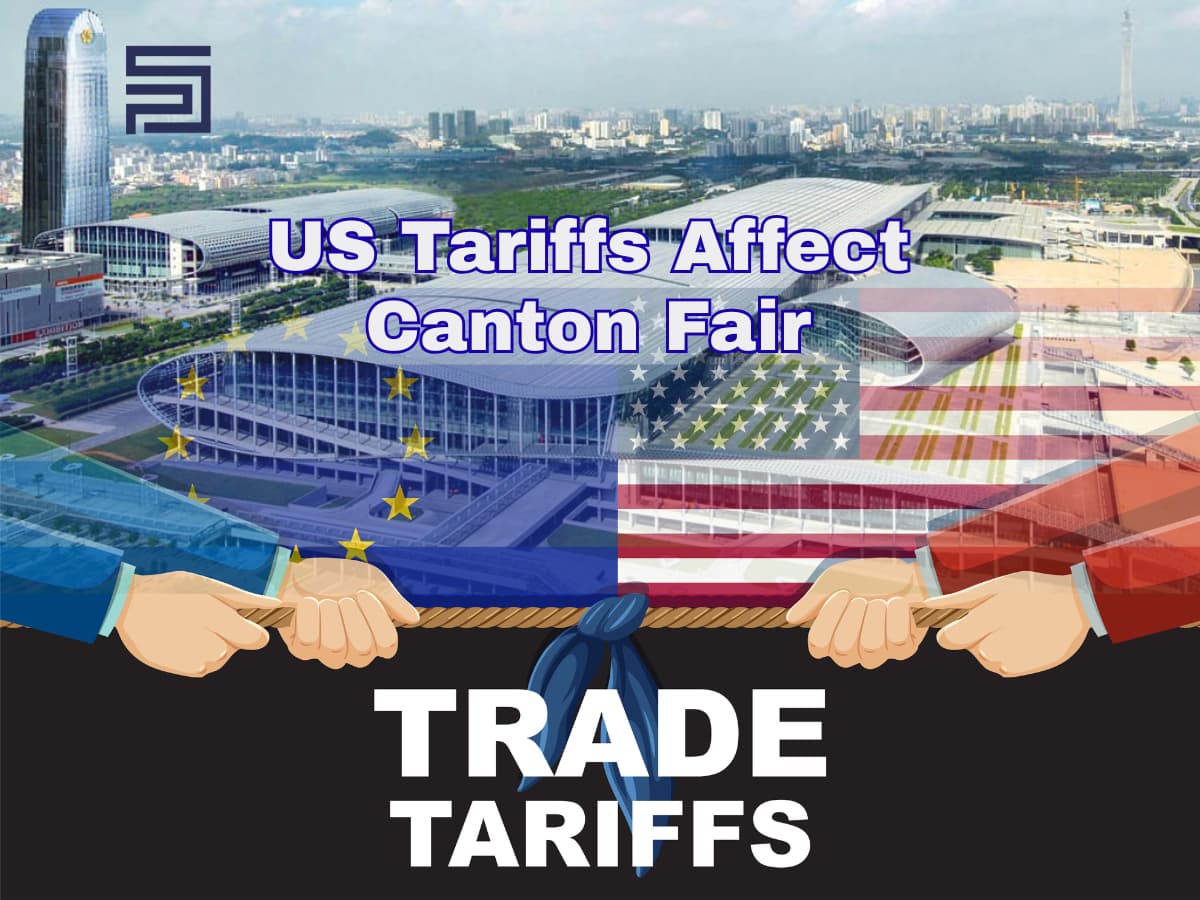Looking for a Warehouse to store your goods or a logistics company to handle your deliveries? We can help you with that at SARA. Contact us today.
Understanding Warehousing Logistics.
Key Component of Warehousing Logistics.
1. Warehouse:
How To Manage Your Warehouse Effectively.
- Maximise the use of vertical space with high shelving.
- Design the layout to facilitate a smooth flow of goods, minimising unnecessary movement and reducing handling time.
- Create specific zones for different types of products (e.g., bulk storage, pick zones, packing areas) to streamline processes and improve organisation.
- Ensure your warehouse is close to a place of high demand for your products.
2. Inventory:
How To Manage Your Inventory Effectively.
- Use a Warehouse Management System (WMS) to track inventory levels and locations in real-time, ensuring accuracy and visibility.
- Conduct regular cycle counts to maintain inventory accuracy and identify discrepancies promptly.
- Use data analytics to forecast demand and adjust inventory levels, avoiding overstocking and stockouts.
3. Order Fulfilment:
How To Manage Order Fulfilment Effectively.
- Implement technologies like barcode scanners, RFID systems, and automated picking solutions to increase speed and accuracy.
- Optimise workflows to reduce the time spent on picking, packing, and shipping.
- Establish strict quality control measures to ensure orders are accurate and products are in good condition before shipment.
4. Handling and Transportation:
How To Manage Handling and Transportation Effectively.
- Design efficient pathways for smooth internal transportation.
- Develop and enforce standardised procedures for lifting, moving, and storing goods.
- Schedule dock appointments to prevent congestion.
- Plan and optimise delivery routes to minimise travel time and costs.
Risks in Warehousing Logistics and How to Handle Them.
1. Inventory Shrinkage:
Actionable Steps to Mitigate Inventory Shrinkage.
- Restrict access to inventory areas to authorized personnel only.
- Conduct frequent inventory audits and cycle counts to ensure accuracy.
- Regularly audit suppliers to ensure they meet quality and quantity standards.
- Implement thorough receiving procedures, including counting and inspecting goods upon arrival.
2. Equipment Failures:
Actionable Steps to Mitigate Equipment Failures.
- Schedule routine inspections of equipment to identify potential issues early.
- Provide comprehensive training for warehouse staff on the safe operation and maintenance of equipment.
- Stock essential spare parts and components onsite to facilitate quick repairs and minimise downtime.
- Consider upgrading to newer technologies or equipment with enhanced reliability, efficiency, and support.
- Maintain optimal environmental conditions in storage and operational areas to prevent equipment damage from temperature fluctuations, humidity, or corrosive elements.
3. Inventory Obsolescence:
Actionable Steps to Mitigate Inventory Obsolescence.
- Maintain lean inventory levels to minimize the risk of excess stock becoming obsolete.
- Monitor inventory turnover ratios and adjust ordering quantities based on sales velocity and demand fluctuations.
- Regularly review inventory levels and identify items that are nearing obsolescence or have become obsolete.
- Partner with liquidation companies or online platforms to sell excess or obsolete inventory at reduced prices if possible.
- Offer flexible return and exchange policies to facilitate the return of slow-moving or obsolete inventory.
- Adjust inventory strategies and product offerings based on market dynamics to minimize the risk of obsolescence.
4. Supply Chain Disruptions:
Actionable Steps to Mitigate Supply Chain Disruptions.
- Evaluate suppliers based on reliability, financial stability, and geographical diversification.
- Foster strong communication and collaboration with suppliers, logistics partners, and stakeholders to quickly address disruptions and find solutions.
- Conduct risk assessments to identify potential disruptions and their impact on warehouse operations.
- Maintain safety stocks of critical inventory to buffer against unexpected demand spikes or delays in supply.
- Identify alternative transportation routes and modes to bypass congested or disrupted areas.
5. Pest Infestation:
Actionable Steps to Mitigate Pest Infestation.
- Conduct routine inspections of the warehouse interior and exterior for signs of pest activity.
- Establish regular cleaning schedules for floors, shelves, and storage areas to remove food residues and debris.
- Seal entry points, cracks, and gaps in walls, floors, doors, and windows using durable materials.
- Maintain optimal temperature and humidity levels to discourage pest activity.
- Inspect incoming shipments for signs of pests or damage before acceptance.
- Schedule regular pest control treatments by licensed professionals using safe and effective methods.






Comments
Please log in to leave a comment.